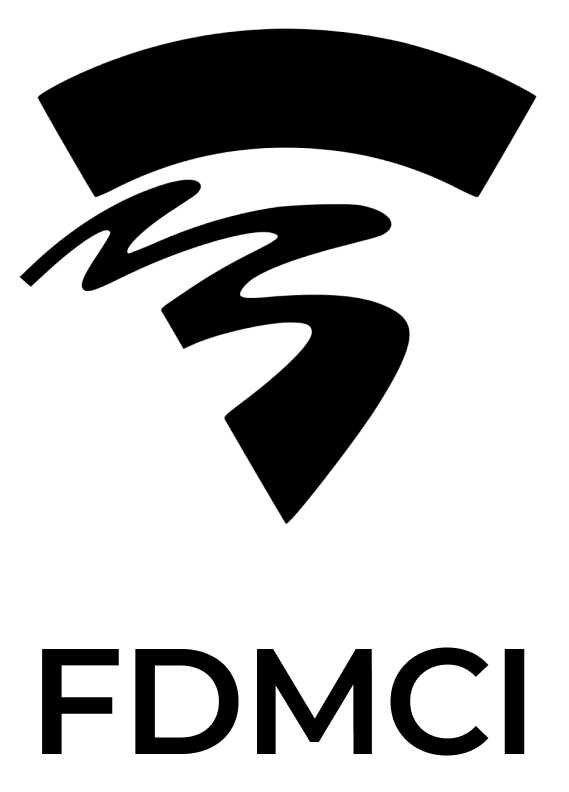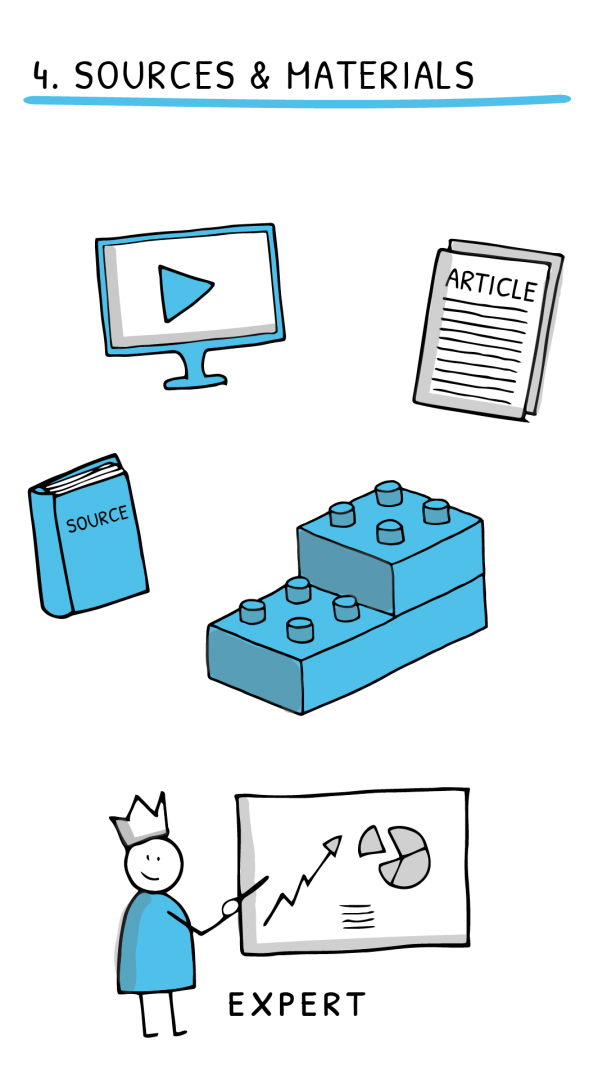Selecting sources and materials
At Amsterdam University of Applied Sciences (AUAS), we find it important to educate students in accordance with the latest developments in science and in professional practice. The use of up-to-date sources is essential for this. Lecturers offer students many sources from which they can learn, such as books, articles and videos. But which sources, and how many, are appropriate in terms of content and level? In addition to knowledge sources, there are materials students practise with, quizzes, simulations, examples and instruments used in practice. Where do you find these sources?
Why?
The optimal learning experience in a blended education environment is shaped by three types of interaction: lecturer-student, student-student and student-learning content. This learning content has to be up-to-date, relevant and accessible. It forms the basis for a discussion among students that will improve their insight into the concepts that are central to the module. Lecturer feedback on students’ understanding and application of the learning content also forms an important part of the learning experience. The learning content, then, is part of the interaction among students and of the interaction between students and lecturers.
What?
Selecting and making available sources and materials is an iterative process consisting of five steps. (To find out more, click here.)
1. Gathering
The learning outcomes or learning objectives are again central when it comes to gathering sources. After all, all educational activities contribute to this, and the learning outcomes are based on the degree programme’s BOKS. The learning outcomes guide the process of gathering sources, given that the level and the degree of complexity are already defined. You may be able to build on sources for modules that preceded or will follow on this course.
The AUAS Library has many materials; ask your discipline’s information specialist for advice. The information specialist can help you find sources and may be able to help with the right search terms.
Sources alone are not enough for the development of practical, cognitive and regulative skills. You will also need to look for materials that students can practise with. For learning activities, too, you can use existing materials and sources, such as practice questions, assignments, simulations and games. Practical examples are important sources of inspiration for students, so make sure to include them in the course material.
Collecting sources and materials also serves to offer a diverse range of materials to students, making it possible to train various information skills, including the use, synthesis and evaluation of information.
2. Categorising
Compare the sources and materials you have collected to identify any duplicates or missing learning content. During this process, you may discover new concepts or insights, in which case you will need to decide whether or not to include them in the course material. After all, you have been searching for the current state of professional and academic practice, and the sources taken together should cover all of the course material concepts identified in your learning outcomes. In addition, you now need to decide which sources are most suited to the module – which sources to keep, and why. Examine your own ideas critically: are you also selecting sources that may throw an alternative light on the course material?
To select materials such as practice questions or assignments for practical skills, find out to what extent they include aspects of the learning outcomes. Or do you instead want students to rehearse aspects first? How are the assignments structured?
3. Assessing and selecting
When assessing sources, decide how they contribute to learning new concepts and insights. The quality of sources and how up to date they are is important for this, so did you find them in the library’s database or on YouTube? Keep in mind, ‘bad’ examples can also serve an educational purpose.
‘Kill your darlings.’ Take a critical look at which sources are truly relevant when it comes to acquiring the learning content. What does the mix of materials look like, and how do the materials help acquire practical or cognitive skills? Not everything that is interesting is suitable as course material. An important factor here is deciding what may be expected of students in view of the available study time.
4. Contextualising
When you have the right list of sources and materials, you can consider how to fit these into the context of the module. Choose the sequence in which you will introduce the concepts. Decide how you will use the sources and materials to demonstrate connections and how these fit in with students’ prior knowledge. You could use frequently encountered misconceptions and counterexamples to get students to actively grapple with the material. The way you arrange the sources helps structure the content of your lectures. Will you use sources as preparation for the lecture, or are they meant for going into greater depth afterwards? Will you use sources and materials together? We will look at this in more detail under developing learning activities .
The Cognitive Presence from the Community of Inquiry model shows the importance of students interacting with the material while interacting with fellow students and the lecturer. So rather than being separate, the material is actively embedded in the teaching.

5. Making available
Brightspace is the learning environment at AUAS where sources and materials are placed in the context of the module. This is where many elements of the module come together digitally: the structure, content, sources, learning materials, assignments and deadlines.
When making sources available, make sure to pay attention to copyright. Linking to a source, for instance at the library or on the Internet, is always permitted. Copying parts of texts is permitted conditionally; the AUAS Library can advise you about this. When using texts and images from the internet, you must always cite the source.
How?
You can make the necessary sources and materials available in Brightspace.
The AUAS library has a plethora of reliable sources. Your colleagues at the library can help you find multimedia content and clarify what is and is not allowed in terms of copyright.
Open digital learning materials from other universities of applied sciences are available via Surf.
You can also reuse previously used material from Brightspace courses (NL) or include parts of other courses in your own course.

